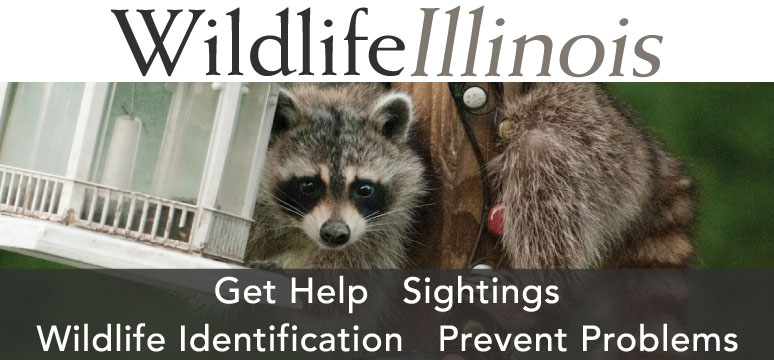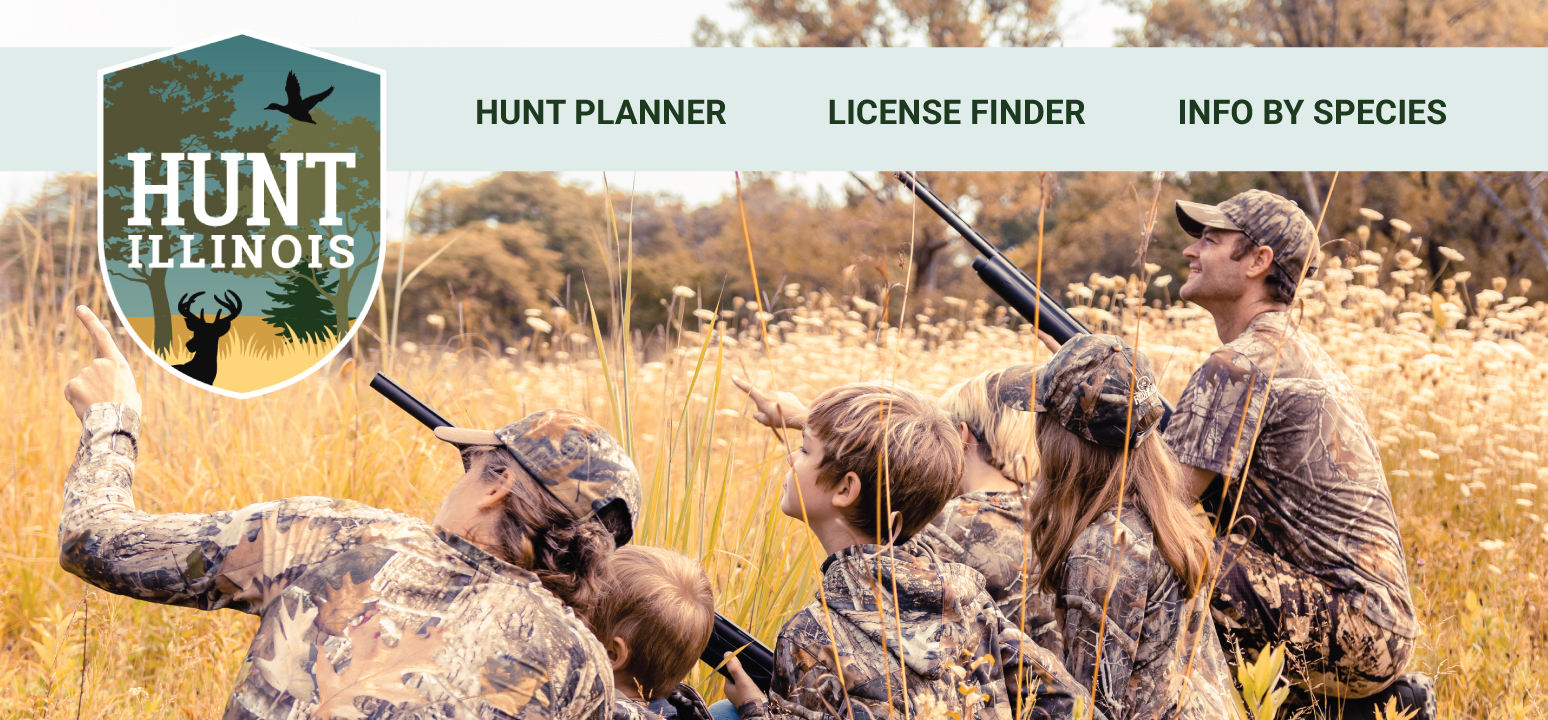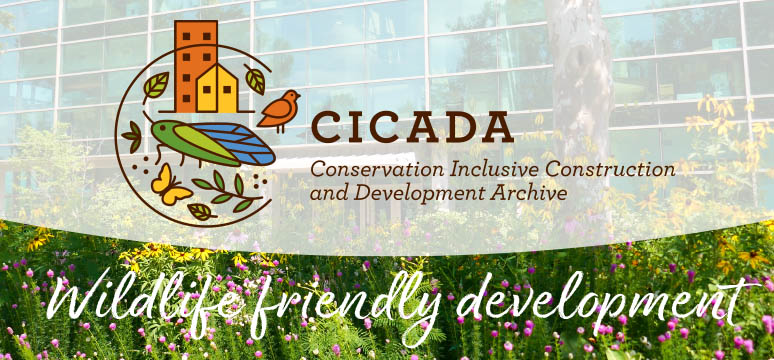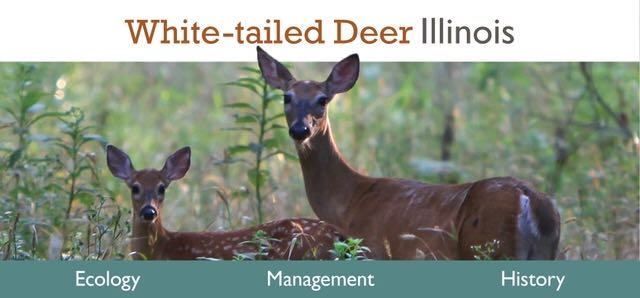


Land
Filter by Tags:

Goats, Grit, Persistence and Partnerships
Land | Forest | Habitat Management or Enhancement | Invasive Species | Partnership

Restoring Fields to “Old-Growth Grassland” May Bolster Climate Resiliency
Land | Habitat Management or Enhancement | Wetland

Illinois Department of Natural Resources Centennial as a State Agency: 1925–2025
Aquatic Organisms | Land | People | Wildlife | 100th Anniversary | History of Conservation

Plant and Bird Responses to Bison Grazing at Nachusa Grasslands
Land | Research | Wildlife | Habitat Management or Enhancement | Mammals | Places to Visit | Prairie or Grassland

Voices for the Future: Everyone Can Make a Difference
Aquatic Organisms | Land | People | Wildlife | Regulations | Youth

The Silent Trespasser: How Herbicide Drift is Threatening Illinois’ Wild Landscapes
Land | Research | Habitat Management or Enhancement | Plants

Heidecke Lake: Fisheries Management at a Former Power Plant Cooling Lake
Aquatic Organisms | Land | Fishing | Places to Visit

Seed Rescue
Land | Habitat Management or Enhancement

Good Habits for Good Aquatic Habitat
Aquatic Organisms | Land | Recreation | Fishing | Habitat Management or Enhancement

Barb Heyen Builds a Conservation Team
Land | People | Wildlife | Habitat Management or Enhancement

Serviceberry: A native plant for all seasons
Land | Wildlife | Birds | Habitat Management or Enhancement | Mammals | Plants

Nuts and Niches: How Two Illinois Squirrel Species Share the Landscape
Land | Research | Wildlife | Mammals | Research

Endangered Piping Plovers Making History in Illinois
Land | People | Wildlife | Endangered and Threatened Species | Natural Heritage Pick | Places to Visit | Rivers and Lakes

Eagles Abound at the Fulton-Mason Eagle Day, February 1, 2025
Land | Recreation | Wildlife | Birds | Rivers and Lakes | Wildlife Viewing

The Muskrat, A Wetland Architect
Land | Recreation | Wildlife | Mammals | Trapping | Wetland

A Society of Acorn Relocators
Land | Wildlife | Birds | Forest | Habitat Management or Enhancement | Mammals | Plants

Bats Go Where the Trees Are in Cities
Land | Research | Wildlife | Bats | Mammals | Research

The Essence of Illinois
Land | Wildlife | Habitat Management or Enhancement

Restoring Volo Bog
Land | People | Habitat Management or Enhancement | Places to Visit | Plants | Wetland

Illinois’ River-based Natural Divisions: Lower Illinois River
Land | Recreation | Wildlife | Birds | Fishing | Habitat Management or Enhancement | Hunting | Wildlife Viewing


